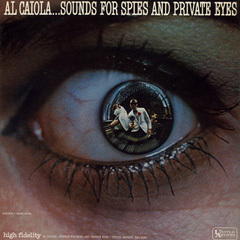I wrote the other day that I liked the young Michael Jackson’s work with the Jackson 5 — the singles, really — but not much beyond that.
That sounds cold, but it’s true. I don’t have any of his records.
But over the next couple of days, I kept thinking: “Is that all you have to say about an American icon?”
No, it isn’t. I’d like to add that I dug Michael Jackson the entertainer.
In the early to mid- ’80s, his videos were extraordinary. I’ll watch “Thriller” over and over. “Billie Jean” and “Beat It” always are worth watching if they pop up on TV.
My take on it — then and now — was that Jackson simply was reviving and reimagining classic American dance. He was the next generation, following in the footsteps of great dancers I’d seen in old movies. You may not recognize their names today: Bill Robinson, Bill Bailey and Harold and Fayard Nicholas.
Jackson learned from the masters. He was trained by the Nicholas Brothers. They were astonishing. The proof is in this remarkable scene from “Stormy Weather,” the 1943 film also starring Robinson, Lena Horne and Cab Calloway.
Jackson revitalized the moonwalk, which had been done by Bailey as far back as the ’40s. The proof comes at the end of this clip from 1955:
Bill Robinson may be least familiar today. He was 65 when he made “Stormy Weather.” He died 60 years ago. Yet his drum dance in the film foreshadows Jackson’s dance on the lighted sidewalk in “Billie Jean.”
For all too brief a time, Michael Jackson was as good.
Then you’d watch the videos that followed in the late ’80s and early ’90s and you couldn’t help but think: “There he is, grabbing himself again.”
Further recommended reading:
Of all that’s been written about Jackson’s passing, nothing is as extraordinary as Lisa Marie Presley’s blog post on her MySpace page.
“He knew,” a devastated Presley writes, revealing how her former husband believed his fate would be the same as her father’s.
A close second is Robert Hilburn’s remembrance of Jackson in the Los Angeles Times.
Jackson was 11 when he met Hilburn, the paper’s former pop music critic. Hilburn writes of the contrast between what he saw then and what he saw when granted extensive access to Jackson in the early ’80s.
Jackson and Hilburn had a falling-out in 1995. After that, Hilburn was like the rest of us, watching from a distance, occasionally appalled but most often just saddened.










